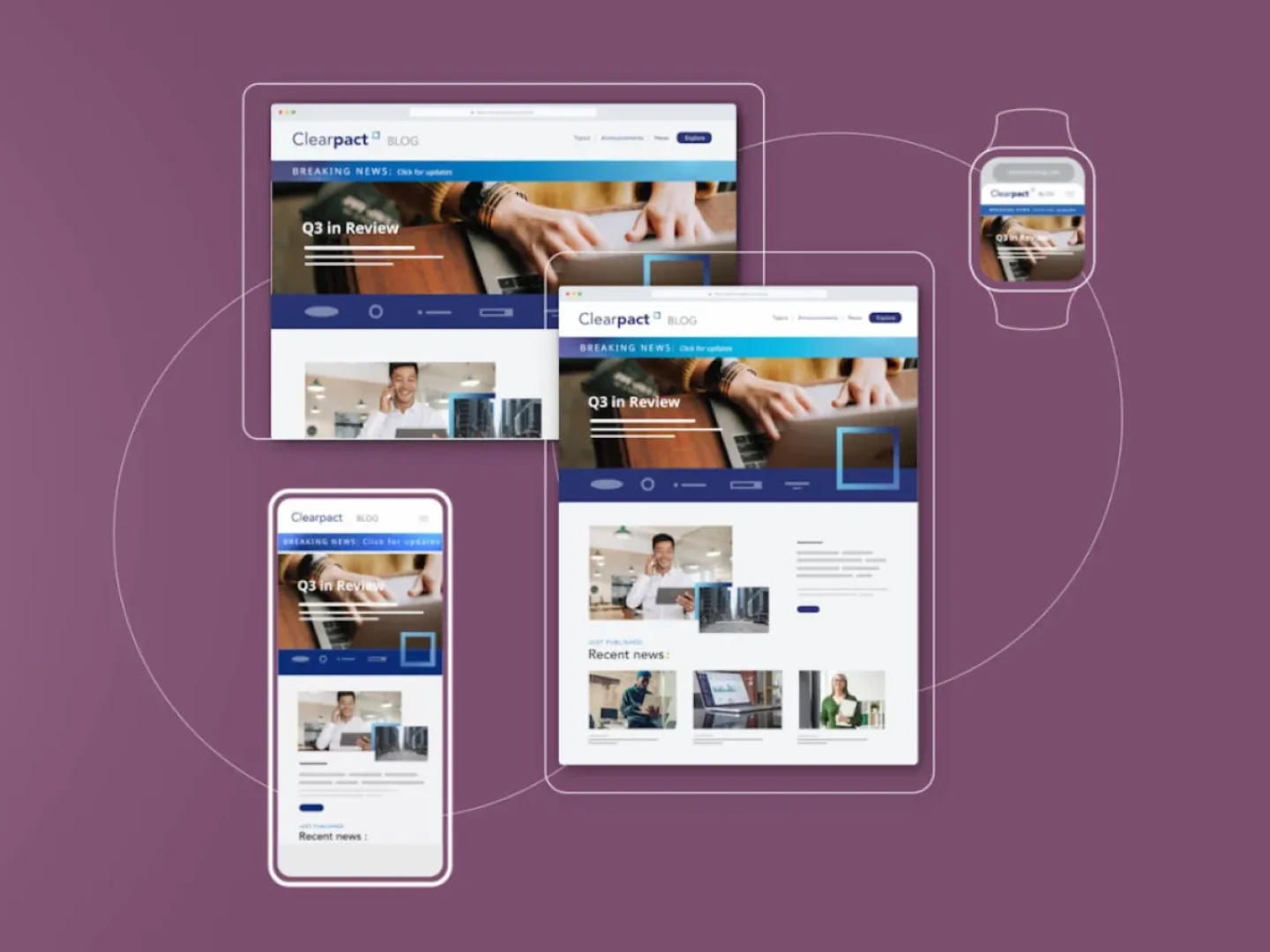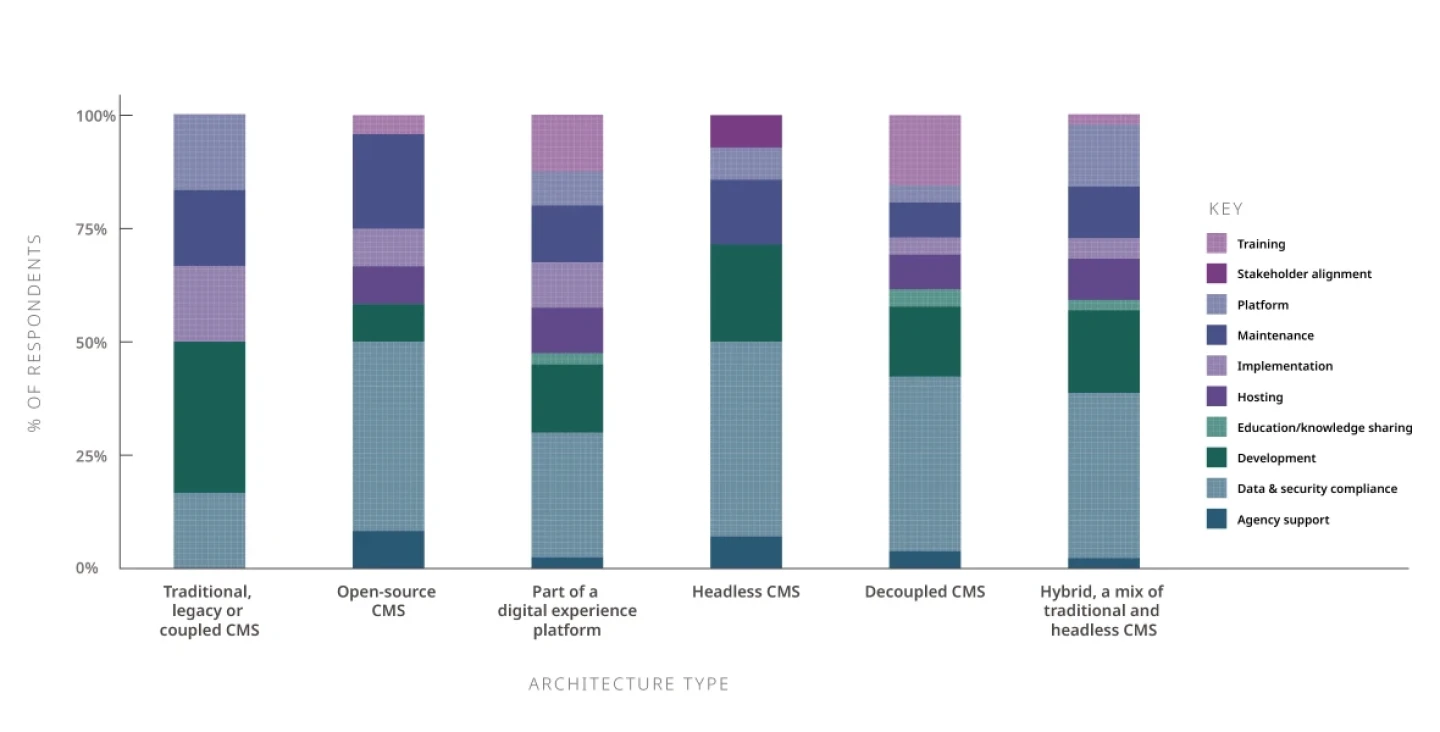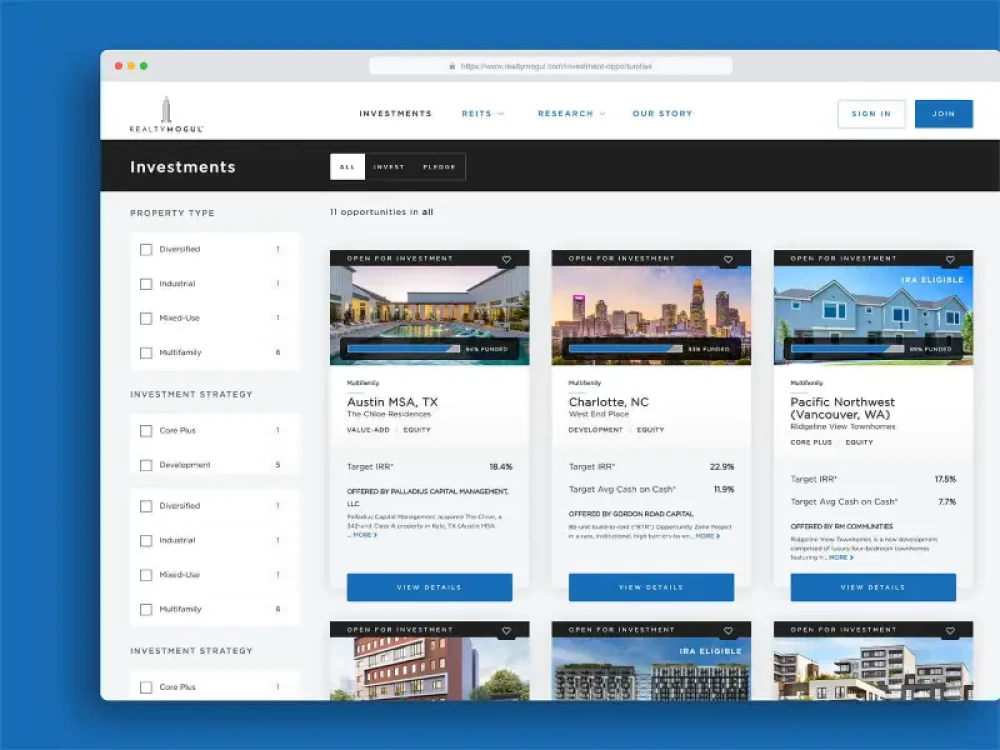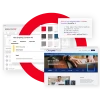Several years ago, the rise of headless architectures in content management systems (CMS) opened up new horizons for publishers. Unlike a traditional CMS such as WordPress, where a site’s content database and front end were bound together in one platform, headless and other types of decoupled CMS setups emerged to accommodate an expanding world of digital content experiences.
What we’ve seen in the market is that headless is good for some use cases, but it’s not ideal for everything. People are realizing flexibility is critical.
Brightspot has been at the forefront of this movement, offering publishers the option to create and manage content on the back end and then either package it for a separate front end (decoupled) or deploy it as a repository with no fixed front end (headless, a type of decoupled architecture).
Headless architectures still play an important role in content management and publishing, but the heyday of headless is giving way to a new approach. More often in a conversation about a modern CMS today, you’re likely to hear increasing mention of hybrid architecture.
“Headless is a solution that we’ve offered since the beginning of Brightspot; it’s more of an architecture type than anything else,” says Brightspot CEO Raleigh McClayton. “Ultimately the customer’s use case and ongoing maintenance play significant roles in determining the right solution, whether it’s hybrid, decoupled or headless.”
A trend toward hybrid systems
A hybrid CMS architecture combines headless and decoupled, making it possible to mix presentation or front-end choices—in other words, what your audience sees when they view your content in a given environment.
“What we’ve seen in the market is that headless is good for some use cases, but it’s not ideal for everything,” McClayton says. “People are realizing flexibility is critical.”
It helps to have a thorough understanding of the different CMS architecture apporaches as an organization heads into any upgrade or transition—check out our CMS architecture 101 series for that. But ultimately, the beauty of a hybrid approach is that it doesn’t artificially force either/or choices. For a company that manages, say, an e-commerce destination, a video-driven site, an investor relations hub or a mobile app, it will not always make sense to pick one path to suit all use cases.
Brightspot’s modular design means customers can easily customize a project across the spectrum from traditional to decoupled to hybrid. That might mean a straightforward, out-of-the-box implementation that quickly stands up a site with a coupled back end and front end. Or it might mean a more complex, collaborative project with a decoupled or headless architecture in the mix.
The right hybrid CMS solution comes down to the customer’s needs. “Maybe you don’t have a huge development team and you’re looking for speed to market. You’re okay using a more templated front-end design. Brightspot offers a great option for that,” McClayton says. “On the other hand, we have clients that have entire teams working on Brightspot every day, where Brightspot is the foundation for a multitude of ongoing efforts.”
Built for the future
The real-estate investing company RealtyMogul is one example of a Brightspot customer that went with a hybrid approach. As part of a journey to transform its digital platform in 2022, RealtyMogul first used Brightspot’s comprehensive suite of pre-built templates, content types, modules and publishing tools to quickly launch a decoupled front end. But as it dove deeper into its requirements, RealtyMogul discovered the need for features like a custom search tool, custom editorial content types and external data management. The resulting hybrid-headless CMS solution offered its audience a robust and dynamic way to engage with the company’s offerings.
Companies choose hybrid with the future in mind. “You might start with a headless approach, but your business requirements might change two or three years down the road,” McClayton says. “With a hybrid architecture, you’re not having to re-engineer and start from scratch. You have that foundational flexibility to start with.”
Brightspot is well adapted to this philosophy: Customers don’t need to retrench and call in the troops because they’ve outgrown their current system after a few years. With an extensible platform that can adapt to changing business needs, customers find in Brightspot a relationship that allows them to pursue their digital strategies, no matter the CMS architecture.
“One of the reasons we tend to keep customers for years is that once you start working in Brightspot, there’s very little incentive to switch to another platform to get some feature you need,” McClayton says. “You can mix and match partners, internally and externally. It’s extremely scalable and flexible. Content teams and developers alike find it easy to work with. It’s the whole package.”









